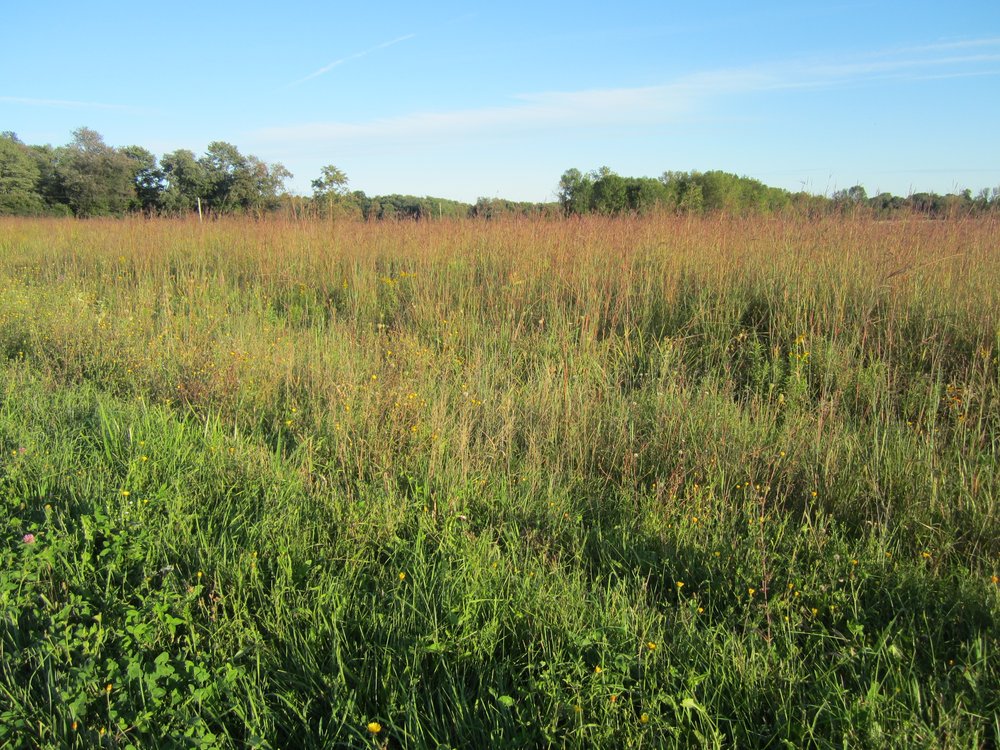Learning the Birds

All weekend Peter is singing, quietly, “From the Halls of Montezuma, to the shores of Tripoli.” We are birding at the Montezuma National Wildlife Refuge in northern New York State. The land is flat, grasslands, with pools and mudflats. The Refuge is known as a stopover for shorebirds heading from the Arctic to their warm winters in the south. We were there to see these birds, and to attend a workshop on identifying shorebirds.
As Peter sings, I realize I have no idea what the song is referring to. The not knowing adds to the overall sense of the weekend: I know nothing about this song or the history behind it (though it’s not hard to find this information); I know nothing about birds.

We are up before dawn after a sleepless night in perhaps the most bedraggled motel room I have ever stayed in (the bathroom door had been punched in; the shower curtain sagged; the smell of stale smoke and sadness was so thick I could not sleep). The three-mile drive near the Montezuma refuge headquarters sits just south of route 90. So as we look across the foggy fields trying to spot shuffling little birds, the sound of semis roaring east and west joins the faint peeps that rise from the dark soil. We see them, the smallest of shorebirds, the least sandpipers moving across the ground, foraging for food; we see killdeer, a fat little plover, not as cute as his cousin the semipalmated plover.
American Golden Plover photographed by P. Schoenberger in Kingston, NYWe run into three birders also combing this vast land for birds. They have heard there is an avocet and we all want to see it. So we join forces. Two are young men, 18 and 22, and can see a duck in flight and identify it. That means they know what they are doing. The other is a middle-aged man, a veterinarian from New York City who has embarked on a New York State big year. The avocet will push his list up one more bird.
We drive down a pot-holed dirt road, park and pull out our scopes, peering into the distance. There is the bird, far off, a speck of white with an elegant long bill. It’s thrilling and not. Thrilling because I recognize I’m seeing a rarer species, and not because it’s so far away. I enjoy having a bird fill my binoculars so I can see feathers, and the color of the eye.
We spend long hours, eye to the scope, picking out dots moving across dirt. It’s not satisfying, this museum-like viewing. When an osprey sails overhead, against a perfect blue sky, I am happy. Here’s a big bird I can recognize.
Because I am a teacher, the process of learning is one that interests me. I take a physical approach to learning everything: to be a writer means you have to get up every morning and write. I make this analogy for my students: if you want to run a marathon (ie: write a novel), you don’t just get up and do it. You train, you practice, you stretch, you run every day. That is what it takes to be a writer. I have taken this on with learning about birds. I walk every morning, binoculars at the ready. On the weekends, Peter and I spend long hours in the field, he coaching me, pointing out details of a bird to help me remember. There are lots of nifty mnemonics to help a person remember the songs of birds. Over the past two years of birding, I have developed a vague competence with my local birds. Vague is the correct word. Despite my time and devotion, I am like that diligent student who writes and writes but will always write wooden sentences, or stories without real punch.

Knowing all that you don’t know can have a marvelous effect: a hunger to learn. I felt that hunger when I first began to explore the Hudson River while writing my book. I wanted to read more, explore more; the not knowing was great incentive. Here, realizing all I don’t know has another effect: I’m a tad overwhelmed, the desire to learn replaced by a hollow sinking feeling.
The osprey I do recognize; photo by Peter SchoenbergerThe workshop at the Audubon Center is both entertaining and informative. The teacher, Kevin McGowan, works at Cornell and is an expert on crows, as well as shore birds. He takes us through the basics of shape, size, and behavior. I take notes and think that learning these birds might be possible. He points out the way that the killdeer looks like it is hiccupping, the way that the yellowlegs strolls and picks; the dowitcher is like a sewing machine with its bill in the sand, its head always down.
The next morning we head into the field as a group. We spill onto a dirt road and look long into the distance. Two sandpipers are side by side. Kevin coaxes the details out of us as we peer through our scopes. Does the tail bob up when the bird forages? What color is the chest? What sort of patterning? Slowly we tease it out so that we know we have a Baird’s sandpiper on the right, and a Pectoral sandpiper on the left. I walk away, not entirely satisfied; there is no ah ha moment here.
And I wonder: does it matter that I know this? Maybe a few more years into my birding life it will. But for now what I want is to have an expanse of green in front of me, a blue sky overhead, and the beauty of a bird fill my binoculars. That bird doesn’t have to have a name.